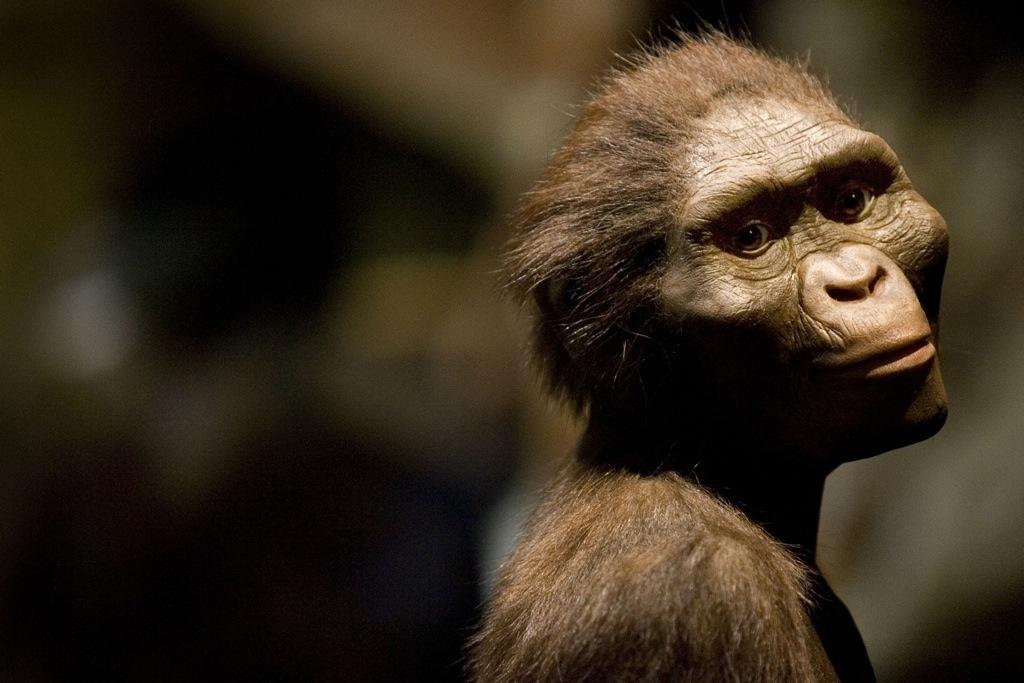New Ethiopia fossil expands understanding of human origins
A tiny fossil found in Ethiopia links humans to a small species that probably lived in trees 3.4 million years ago, about the same time as “Lucy” (Australopithecus afarensis). Here is a sculptor’s rendering of Lucy, whose fossilized remains are the most complete example of the species, at the Houston Museum of Natural Science, August 28, 2007 in Houston, Texas.
NAIROBI, Kenya — A wonderful thing about paleontology — the study of fossil remains — is that every fragment of bone or tooth can rewrite what we think we know about our origins. And so it is with the latest fossil find in Ethiopia's remote Afar region where scientists announced in the journal Nature the discovery of a tiny piece of a tiny foot that proves that humankind's bipedal ancestors were not alone.
The pieces of bone dating back 3.4 million years makes its owner a contemporary of "Lucy" (aka Australopithecus afarensis) probably the most famous fossil ever and the first hominid to get up off all fours and begin walking like a human. She was also found in the Afar region in 1974.
This new fossil belonged to another hominid who could also walk on two legs but probably spent most of its time in trees judging by a sticking out big toe which places it somewhere between an ape and a human.
"This discovery was quite shocking,” said co-author and project co-leader Dr. Bruce Latimer of Case Western Reserve University. “These fossil elements represent bones we’ve never seen before. While the grasping big toe could move from side to side, there was no expansion on top of the joint that would allow for expanded range of movement required for pushing off the ground for upright walking. This individual would have likely had a somewhat awkward gait when on the ground.”
We want to hear your feedback so we can keep improving our website, theworld.org. Please fill out this quick survey and let us know your thoughts (your answers will be anonymous). Thanks for your time!
